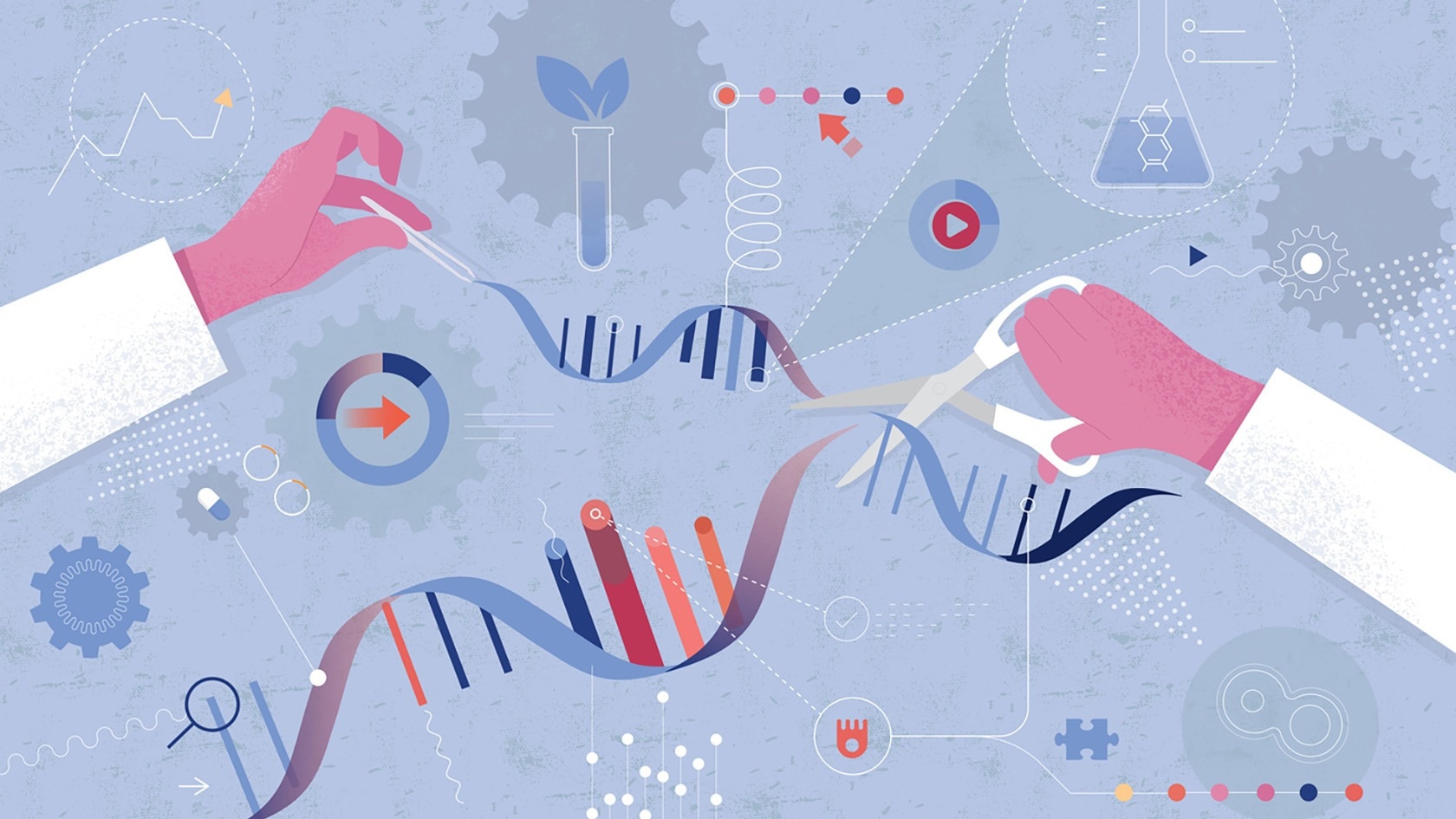A breakthrough by University of Zurich (UZH) researchers introduces a versatile technique for efficiently and safely delivering substantial genes, holding significant promise for therapeutic applications.
 The new method REVeRT (reconstitution via mRNA trans-splicing) is more efficient and flexible in application. Image Credit: istock.com/DrAfter123.
The new method REVeRT (reconstitution via mRNA trans-splicing) is more efficient and flexible in application. Image Credit: istock.com/DrAfter123.
While gene therapy stands as the most encouraging avenue for treating genetic disorders, it encounters several obstacles that limit its broader implementation. One such challenge involves the effective delivery of genetic material into target cells while minimizing any adverse effects. This task often relies on adeno-associated viral vectors (AAVs).
AAV carrier substances offer a favorable combination of safety and effective gene transfer efficiency, making them a common choice in gene therapies and CRISPR/Cas gene editing. However, AAVs face a constraint in their ability to carry larger genes consistently.
Historically, numerous approaches have emerged to overcome this limitation. These methods involve dividing the coding DNA into two fragments capable of recombination within the target tissue. However, these strategies suffer from inefficiency, limited flexibility in experimental design, and the risk of potential side effects.
Assembly at Transcript Leve
Professor Elvir Becirovic and his team, specializing in experimental and translational ophthalmology at the University of Zurich, have introduced an innovative solution to address these limitations.
Their novel approach, named REVeRT (reconstitution via mRNA trans-splicing), utilizes the dual AAV vector concept. However, unlike prior methods, it hinges on the reassembly of fragmented gene segments at the transcript level.
The advantages of this method are increased efficiency and fewer side effects. It is also more flexible than previous methods, as the large genes can be divided into two fragments at various points.”
Elvir Becirovic, Professor, Experimental and Translational Opthalmology, University of Zurich
Furthermore, his team has adapted this method for ophthalmological applications in cell cultures and conducted successful assessments in diverse animal models, including its application for the treatment of hereditary macular degeneration through gene therapy.
Possible Therapies for Various Diseases
REVeRT exhibits versatility for deployment in gene therapies addressing a spectrum of genetic or acquired disorders, encompassing prevalent blood conditions and age-related diseases.
Additionally, this innovative approach holds promise for integration into gene therapy investigations involving CRISPR/Cas genome editing. In the context of these therapeutic interventions, the seamless transfer of coding DNA into target cells is essential for maximum efficiency, often relying on carriers like AAVs.
With CRISPR/Cas further applications are possible, opening up new treatment options.”
Elvir Becirovic, Professor, Experimental and Translational Opthalmology, University of Zurich
Source:
Journal reference:
Riedmayr, L. M., et al. (2023) mRNA trans-splicing dual AAV vectors for (epi)genome editing and gene therapy. Nature Communications. doi.org/10.1038/s41467-023-42386-0.